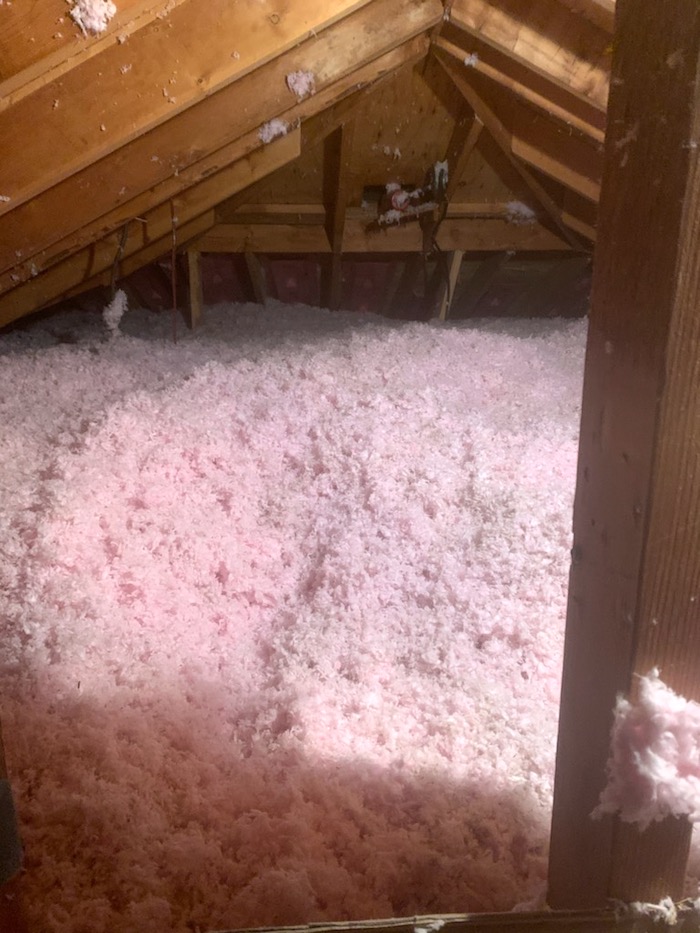Introduction: Understanding the Significance of Roof Insulation in Winter
As the winter chill sets in, keeping your home warm and comfortable becomes a top priority. A crucial component of achieving winter energy efficiency is roof insulation. Proper roof insulation plays a vital role in retaining heat, reducing energy consumption, and creating a cozy indoor environment during the colder months. In this article, Ainger Roofing, a roofing contractor in Barrie, Ontario will explore the importance of roof insulation in achieving winter energy efficiency and how it contributes to a sustainable and cost-effective home.

1. Heat Retention and Energy Conservation
– Preventing Heat Loss
Roof insulation acts as a barrier that prevents heat from escaping through the roof. It helps maintain a stable indoor temperature and reduces the need for continuous heating.
– Reducing Energy Consumption
With proper roof insulation, you can significantly reduce your energy consumption, leading to lower heating bills and a more sustainable home.
2. Creating a Comfortable Indoor Environment
– Consistent Indoor Temperature
Roof insulation ensures a consistent indoor temperature, eliminating cold spots and drafts, and providing a comfortable living space for you and your family.
– Minimizing Condensation and Moisture
Effective roof insulation minimizes condensation on the interior surfaces, reducing the risk of moisture-related issues and mold growth.
3. Contributing to Home Energy Ratings
– Energy-Efficient Home Certifications
Having proper roof insulation contributes to achieving energy-efficient home certifications such as LEED and Energy Star ratings.
– Increased Property Value
Energy-efficient homes with quality roof insulation are in demand, leading to increased property value and potential advantages during resale.
4. Types of Roof Insulation
– Fiberglass Insulation
Fiberglass insulation is a popular and cost-effective option that can be installed as a DIY project or by professionals.
– Cellulose Insulation
Cellulose insulation is an eco-friendly option made from recycled materials, offering excellent thermal performance.
– Spray Foam Insulation
Spray foam insulation provides superior air sealing and a high R-value, making it an effective choice for energy-efficient homes.
5. Roof Insulation Maintenance
– Regular Inspection
Regularly inspect the roof insulation for signs of damage or settling. Address any issues promptly to maintain its effectiveness.
– Reinforcing Insulation
In colder regions, consider adding additional insulation layers to reinforce the roof’s thermal performance.
FAQs
- Is roof insulation only beneficial for cold climates? No, roof insulation is beneficial for both cold and hot climates. It helps maintain indoor temperatures and reduces energy consumption in all seasons.
- Can roof insulation help with noise reduction as well? Yes, roof insulation can help reduce outdoor noise, providing a more peaceful and quiet indoor environment.
- Is roof insulation a DIY project, or should I hire a professional? While some insulation types can be installed as DIY projects, it’s advisable to consult with a professional for the best insulation solution for your specific roof.
Conclusion: A Warm and Energy-Efficient Home
Roof insulation plays a crucial role in achieving winter energy efficiency and maintaining a comfortable indoor environment. Ainger Roofing, a roofing contractor in Barrie, Ontario says by preventing heat loss, reducing energy consumption, and contributing to home energy ratings, proper roof insulation offers numerous benefits. Whether you choose fiberglass, cellulose, or spray foam insulation, investing in a well-insulated roof is a step towards creating a warm and energy-efficient home that sustains both your comfort and the environment.

